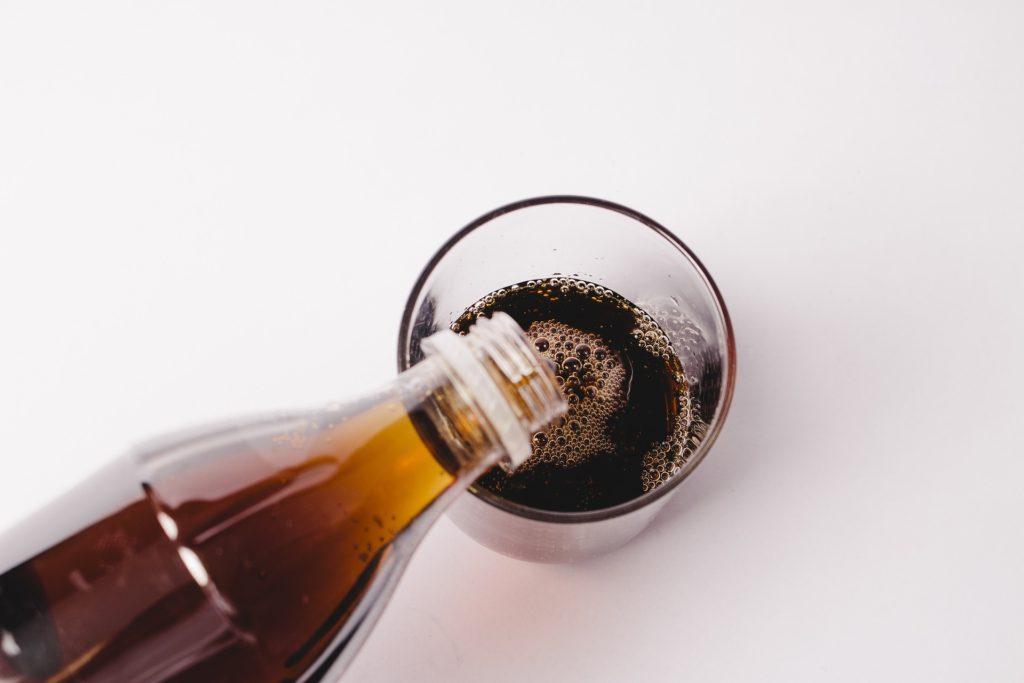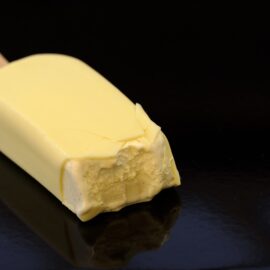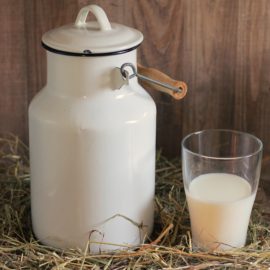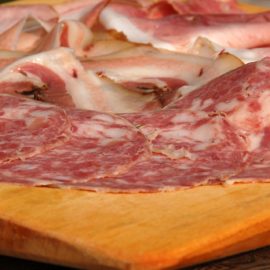
Artificial sweeteners, such as sucralose and aspartame, sometimes known as high-intensity sweeteners or sugar substitute are potent sugar replacements that are nonnutritive, and noncaloric. They taste sweet, but contain fewer calories than sugar. They prevent tooth decay and lower the level of sugar in the blood. In fact, a study in 2003 involving 128 people with type 2 diabetes revealed that a daily dose of sucralose three times more than the recommended daily intake lacked effect on the blood sugar level of the subjects.
For these reasons, there has been an increased in demand in recent years for artificial sweeteners. Many food products marketed as sugar-free or diet include artificial sweeteners. That covers sweets, sodas, energy drinks, and baked goods. Some artificial sweeteners are additionally offered separately in packets or other packaging.
The Food and Drug Administration (FDA) have approved the use of sucralose (1998) and aspartame (1981) in food.
Let’s discuss both further.
You might also like: Food Science: The Roles of Sugar In Food
WHAT IS SUCRALOSE?
Sucralose is a noncaloric trichloro derivative of sucrose [three hydroxyl (hydrogen–oxygen), along with maltodextrin, in which three chlorine atoms are selectively substituted for the sucrose groups on a sugar molecule. This gives sucralose bulk and makes it measurable cup for cup, like table sugar. Sucrose is the only artificial sweetener made from sugar. Sucralose is also known under the brand name Splenda®. It is classified as a food additive with the E number E955.
Sucralose is 600 times sweeter than sucrose or sugar. It does not have any bitterness or other unpleasant aftertastes and has a sweetness time-intensity profile similar to sucrose.
Sucralose has been an approved sweetener in food since 1998 for 15 specific food and beverage categories. It has a high level of crystallinity, high water solubility, and excellent stability at high temperatures. Its heat stability makes it ideal as a sugar substitute in baking. It is also quite stable at the pH of carbonated soft drinks, and normal handling and storage of these goods only slightly hydrolyzes it into monosaccharide units.
Numerous studies have been done on the safety of sucralose, and they generally show that the substance is safe at the levels of expected usage. Sucralose’s approval has, however, drawn criticism for being premature because it contains structural elements of potentially dangerous compounds, particularly when exposed to thermally degradative conditions. And their safety at certain temperatures require more study. For this reason, the European Union has banned the use of artificial sweeteners in commercial baked products in 2018.
Sucralose is calorie free. But it typically contains filler, maltodextrin or dextrose. These fillers or bulking agents add a few calories to it—around 3 calories for every gram. The allowable daily intake (ADI) for sucrose in the US is 5 mg/kg body weight per day.
WHAT IS ASPARTAME?
The need for sweetening ingredient to reduce the calorie content of food and beverages led to the development of peptide sweeteners. Though the digestive processes make the peptide sweeteners’ constituent amino acids calorie-available, their extreme sweetness enables functionality to be attained at very low levels that supply negligible calories.
One example of a peptide sweetener is aspartame. Aspartame is a synthetic dipeptide created by reacting aspartic acid and phenylalanine. In the market, aspartame is sold as a tabletop sweetener under the brand names Equal and Nutrasweet. It is classified as a food additive with the E number E951.
Just like sucralose, aspartame is sweeter (about 200 times) than sucrose, but is less sweet than sucralose. It also contains filler ingredients, usually maltodextrin or dextrose, to lessen its strong sweetness.
Although aspartame was not originally designed to be used in heated products, it can be encapsulated in hydrogenated cottonseed oil with a time-temperature release, making its inclusion in baked goods permissible.
Aspartame is a nutritive sweetener with the same calorie count per gram as sugar (4 calories per gram). However, because it is significantly sweeter and used in small quantities, it is not a substantial source of calories or carbohydrates, and is frequently classified as a nonnutritive, noncaloric sweetener.
Despite lacking some of sweetness qualities of sucrose, it is noted for having a clean, sweet taste. It is important to note the instability of aspartame under acid conditions and its rapid degradation at elevated temperatures. Temperature and pH affect the rate of sweetness loss in acidic environments, such as carbonated soft drinks.
Following rigorous safety reviews, aspartame has been approved for use in foods and as a tabletop sweetener in several nations for almost 30 years. In the US, It gained approval from the FDA for use in foods in 1981.


